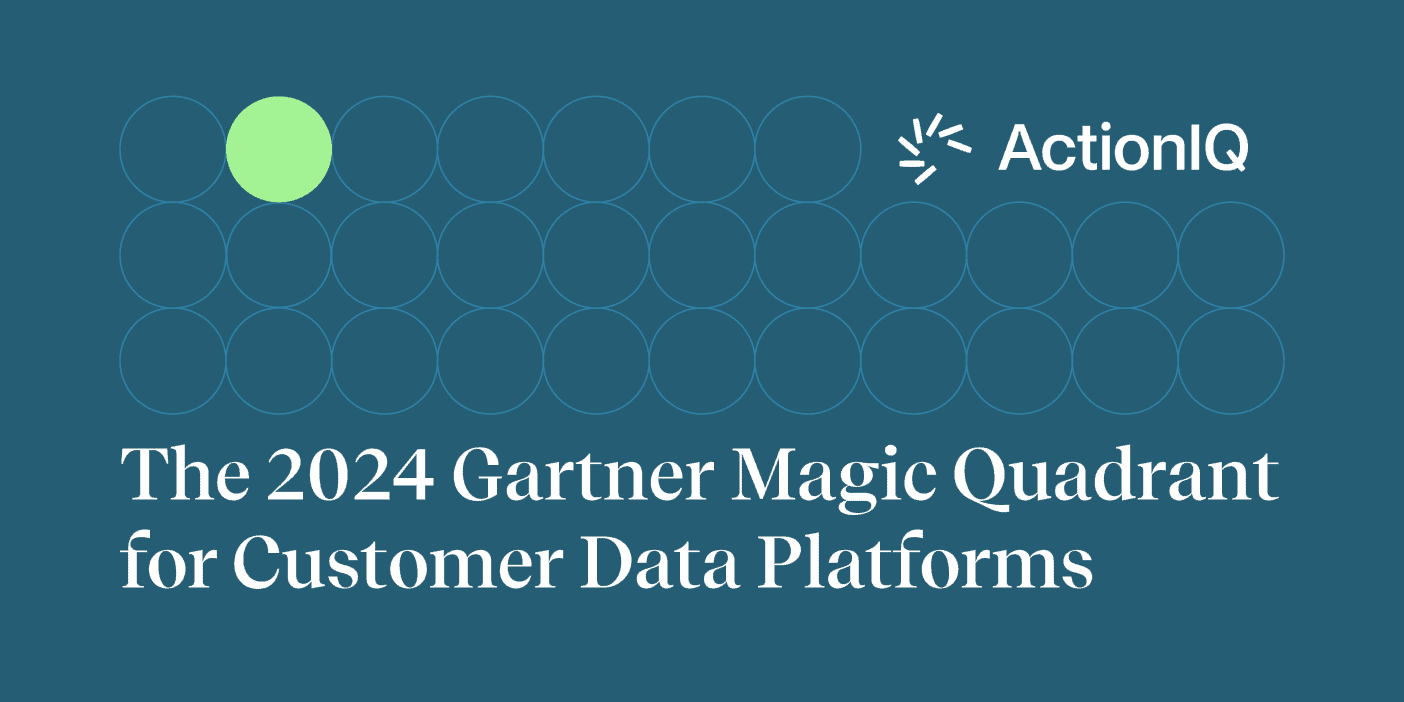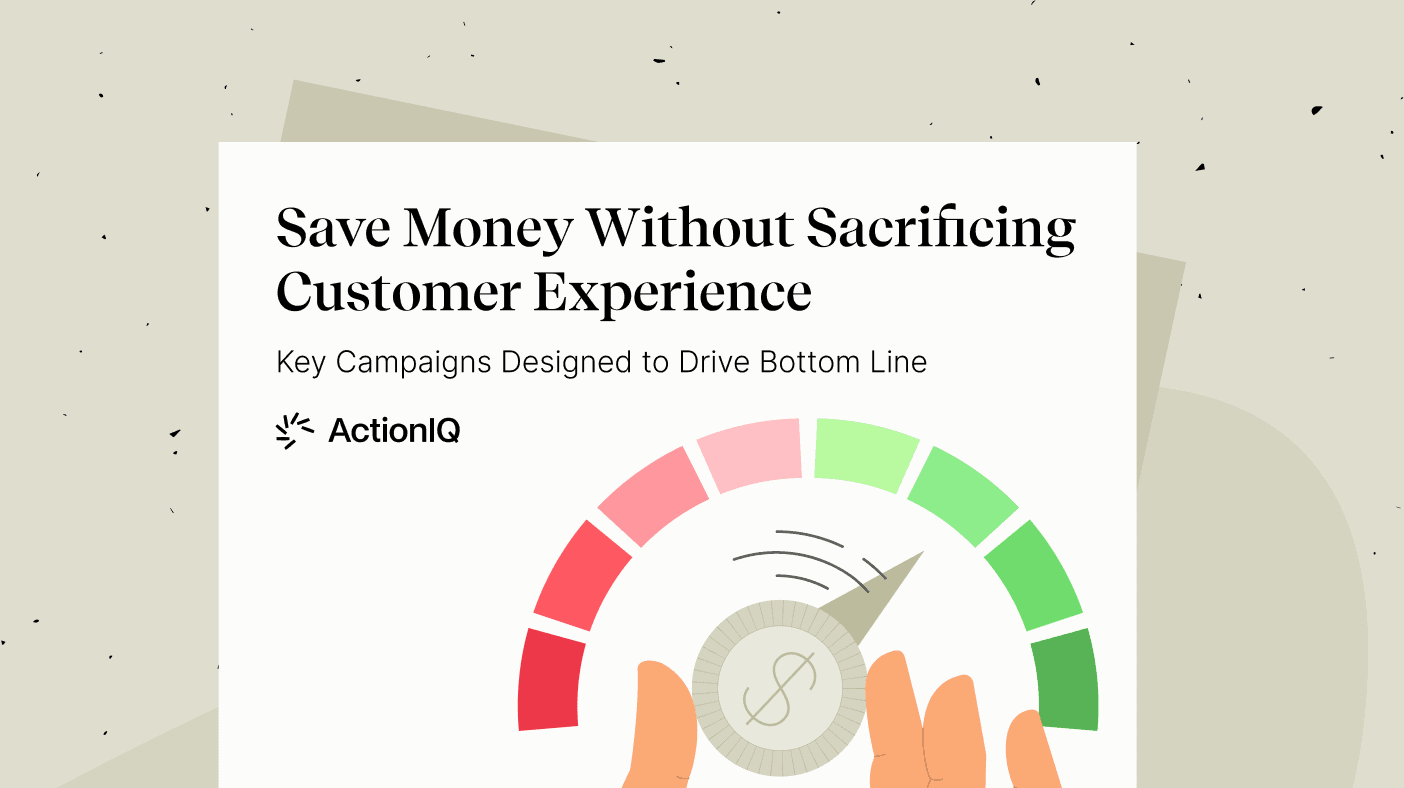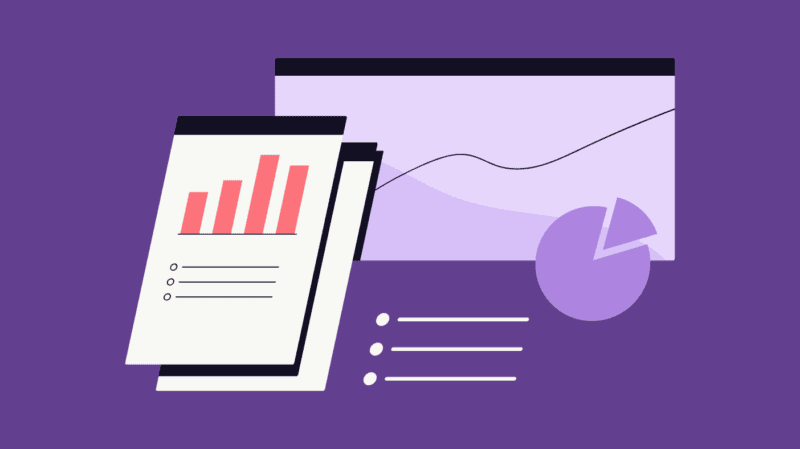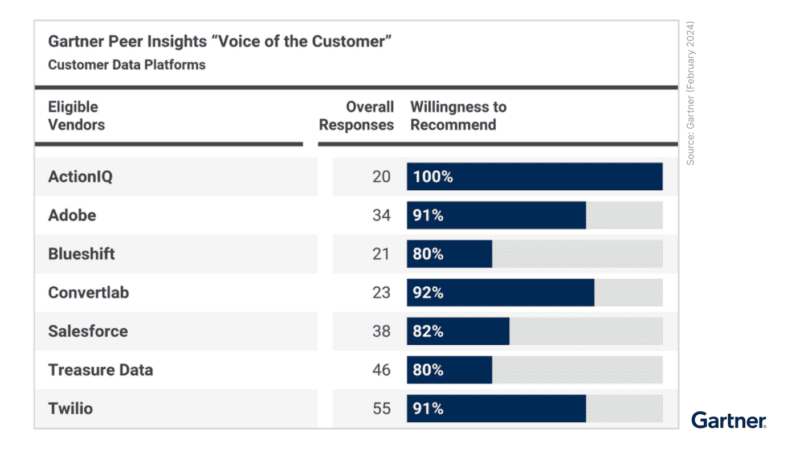Why the Composable CDP is Now on the Menu

There’s been a major shift in how enterprise organizations approach their customer data stacks — and it’s being driven by IT teams. Thanks to them, the composable CDP will become the new standard for enterprise organizations.
Prepackaged customer data platforms (CDP) used to be the norm, forcing IT professionals to implement bundled technologies regardless of their wants or needs. As brands raced to keep up with rising expectations and deliver more personalized customer experiences, alternative choices were limited.
But all that has changed. Thanks to the hard work of IT teams — and the evolution of cloud data warehouse technology — the future is looking a lot more flexible.
Read on to learn why composable customer data platforms will become the new standard for enterprise companies — and how IT professionals can make sure they get it right.
Why the Composable CDP is Now on the Menu
Moving Beyond Fixed Menus
There are 161 CDP vendors selling their wares, according to the Customer Data Platform Institute. IT teams are spoiled for choice — but only if they want to order off a fixed menu.
There are certainly differences between vendors — IT professionals can pay the exorbitant price of a fancy banquet from a well-known brand or opt for a faster, cheaper meal from a new upstart — but most have one thing in common: bundled customer data platform architecture. So whether it’s filet mignon or a burger and fries, ordering à la carte isn’t an option, no matter what IT teams would prefer.
Freedom and flexibility are key to helping IT professionals build the internal customer data infrastructure they need to maintain control, manage costs and improve performance. But prepackaged CDPs prevent this.
The result?
- Buying everything instead of only what you need
- Copying data from one system to another instead of deciding where it lives
- Contending with strict system architectures instead of adapting them to the needs of the business
- And living with closed systems instead of swapping new capabilities in and out as needed
There’s a better way — and IT teams found it.
Embracing Composable (Customer Data Platform) Architecture
There’s a reason data cloud companies such as Snowflake, Databricks, Google BigQuery, AWS Redshift and Microsoft Azure are making waves: They’re helping organizations embrace the power of composable technology stacks.
Composable architecture allows IT professionals to centralize customer data and create their own sources of truth — and eliminate the need for bundled or prepackaged CDPs in the process. With the cloud data lakes they’ve built, IT teams can develop their own customer 360 technology and truly tailor their customer data stacks to their unique requirements.
Sixty-three percent of chief information officers at organizations with high composability report better business performance when compared to industry peers. That helps explain why 60% of organizations plan to invest in composable enterprise technology within the next three years, according to the 2022 Gartner CIO and Technology Executive Survey.
But building a 360-degree view of customers is only one piece of the puzzle. Now that IT professionals can build the ideal CDP for their needs, the challenge is making sure it serves the needs of the whole organization.
Building a Better Customer Data Stack with a Composable CDP
Creating a comprehensive view of the customer is key to delivering better customer experiences, but IT teams need a way to extend the hard work of centralizing data in their cloud data lakes so business teams can leverage the benefits of data centralization for audience segmentation, journey orchestration and real-time experiences.
Reverse ETL is key, but not just any application that supports reverse ETL will do. IT professionals want to focus on building and maintaining data systems, not fielding ad hoc requests. But too many applications built on top of data lakes require IT professionals to write endless SQL queries on behalf of business users.
To build a customer data stack that serves both the needs of technical and non-technical users, IT professionals must seek out solutions that give business teams a user-friendly interface they can use to generate queries, have those queries automatically translated into SQL, and push them down to the data lake to be executed.
Results can then be processed and served back up to the application, allowing IT teams to decide where data is stored and queried while making sure business users can self-serve their needs — with role-based access to data.
IT professionals can now order whatever they want off the menu — no strings attached. The trick now is understanding which dish best suits their needs.
Composable CDPs are the future. But to guarantee success, IT teams must choose tools they can plug and play into their existing martech stack to maximize power, control and performance.
Learn More About the Composable CDP
Download The Enterprise Guide to Composable CDPs to learn how you can build a better customer data stack using the ActionIQ CX Hub.





